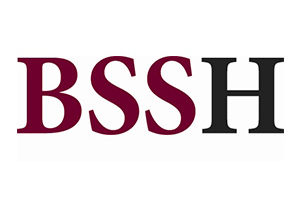The olecranon (oh-LEH-cruh-nahn) is the pointy bone at the tip of the elbow. The bursa is the thin sac of fluid that lies between this boney tip and the skin. It helps the skin slide over the bone smoothly. Normally, this sac has only a tiny bit of fluid inside of it and lays flat. However, the bursa can become irritated or inflamed and fill with extra fluid. When this happens, a painful swelling develops at the back of the elbow. This swelling is olecranon bursitis.
Trauma, such as hitting the elbow or falling on the back of the elbow, can lead to this condition. People who lean their elbows against hard surfaces can develop this problem over time. Those with conditions such as gout, rheumatoid arthritis, or kidney failure needing dialysis can be more likely to get this condition. In many cases, the cause is not known.
Gradual swelling at the back of the elbow might not be noticed at first. Sometimes the swelling develops quickly. The swelling can worsen to look like a soft golf ball at the tip of the elbow. Most of the time, the bursitis does not cause pain. The bursa can become infected, which will cause tenderness, redness, or warmth in the area; you may also have a fever. An infected bursa can break open and drain pus.
Your doctor might order an x-ray to look for a broken bone, bone spur, or calcium deposit at the elbow. Blood tests to check for infection in your system or another cause, such as gout or rheumatoid arthritis, might be used. Some fluid might be removed from the bursa with a needle and sent for testing. If the fluid in the bursa is pus, then an infection is present there.
If the bursa does not seem to be infected, then treatments can include avoiding activities that are irritating the area, applying a snug elbow wrap or elbow pads, or taking oral anti-inflammatory medications. Your doctor might also choose to remove the fluid from the bursa first with a needle (aspiration). Sometimes a steroid injection is also placed into the bursa. If the bursa is infected, antibiotics might be needed. Sometimes the bursa has to be removed with surgery if the infection cannot be cleared or if the bursa keeps returning.\




